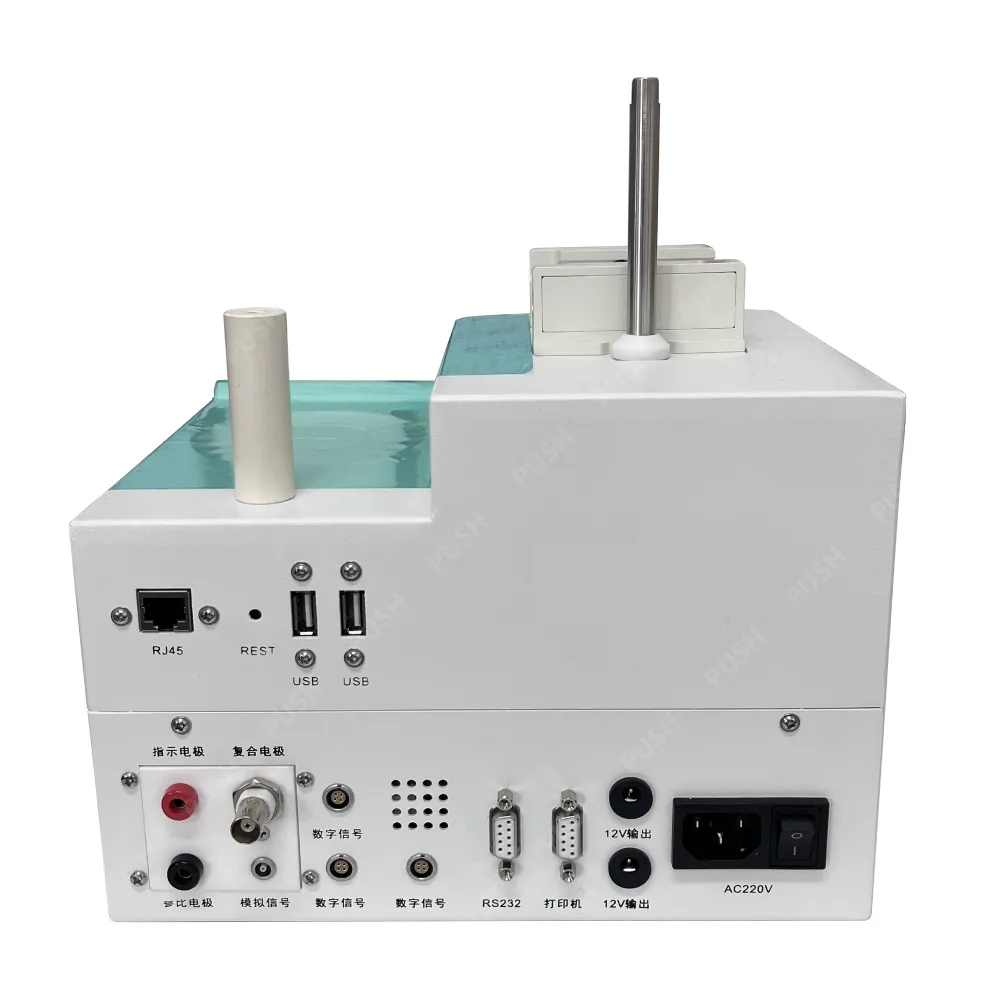 English
English


Closed Cup Tester | Accurate Flash Point Testing Solutions
Understanding the Closed Cup Tester A Guide to Measuring Flash Point
The closed cup tester is an essential device in the field of materials science and safety assessments, particularly for the evaluation of volatile substances. Specifically designed to determine the flash point of liquids, it plays a critical role in industries including petrochemicals, pharmaceuticals, and food processing. The flash point is the lowest temperature at which a liquid can form an ignitable mixture in air, providing crucial information about the safety and handling of materials.
Closed cup testers operate by containing the liquid sample in a sealed environment. This design effectively prevents the escape of vapors, allowing for a more accurate measurement of the flash point by maintaining controlled conditions. The most commonly used closed cup testers are the Pensky-Martens and the Tag closed cup testers, each adhering to specific international standards such as ASTM and ISO.
In operation, the sample liquid is placed in the tester’s cup, which is then sealed with a lid. The apparatus is gradually heated, and at predetermined intervals, an ignition source is introduced. If the vapor concentration above the liquid reaches a flammable level, a flash occurs, indicating that the flash point has been reached. This process provides valuable data for classifying substances based on their flammability characteristics, guiding regulations and safety measures.
closed cup tester

The significance of knowing the flash point cannot be overstated. For instance, in the petrochemical industry, materials with low flash points are considered hazardous and require specific storage and handling protocols to prevent accidents. Similarly, in the food industry, understanding the flash point of oils and other ingredients ensures safe cooking practices and helps in preventing fires.
Moreover, the closed cup tester is advantageous due to its ability to simulate conditions that closely resemble real-world scenarios. The closed environment not only minimizes the risk of external ignition sources but also provides a realistic assessment of the materials in use. This feature makes closed cup testing particularly beneficial for products that will be stored or transported in sealed containers, where vapor accumulation can pose significant risks.
However, despite its strengths, closed cup testing has limitations. The results are influenced by various factors such as the rate of heating, the sample’s chemical composition, and even atmospheric pressure. Therefore, while closed cup testers are reliable tools for measuring flash points, the interpretation of results must always consider these variables.
In conclusion, the closed cup tester is a cornerstone tool for safety and compliance in industries that handle flammable materials. By providing accurate measurements of flash points, it helps prevent hazardous situations, protects workers, and complies with regulatory frameworks. As technology evolves, advancements in testing methodologies will continue to enhance the safety protocols associated with handling volatile substances, ensuring a safer working environment across various sectors.
-
Differences between open cup flash point tester and closed cup flash point testerNewsOct.31,2024
-
The Reliable Load Tap ChangerNewsOct.23,2024
-
The Essential Guide to Hipot TestersNewsOct.23,2024
-
The Digital Insulation TesterNewsOct.23,2024
-
The Best Earth Loop Impedance Tester for SaleNewsOct.23,2024
-
Tan Delta Tester--The Essential Tool for Electrical Insulation TestingNewsOct.23,2024





